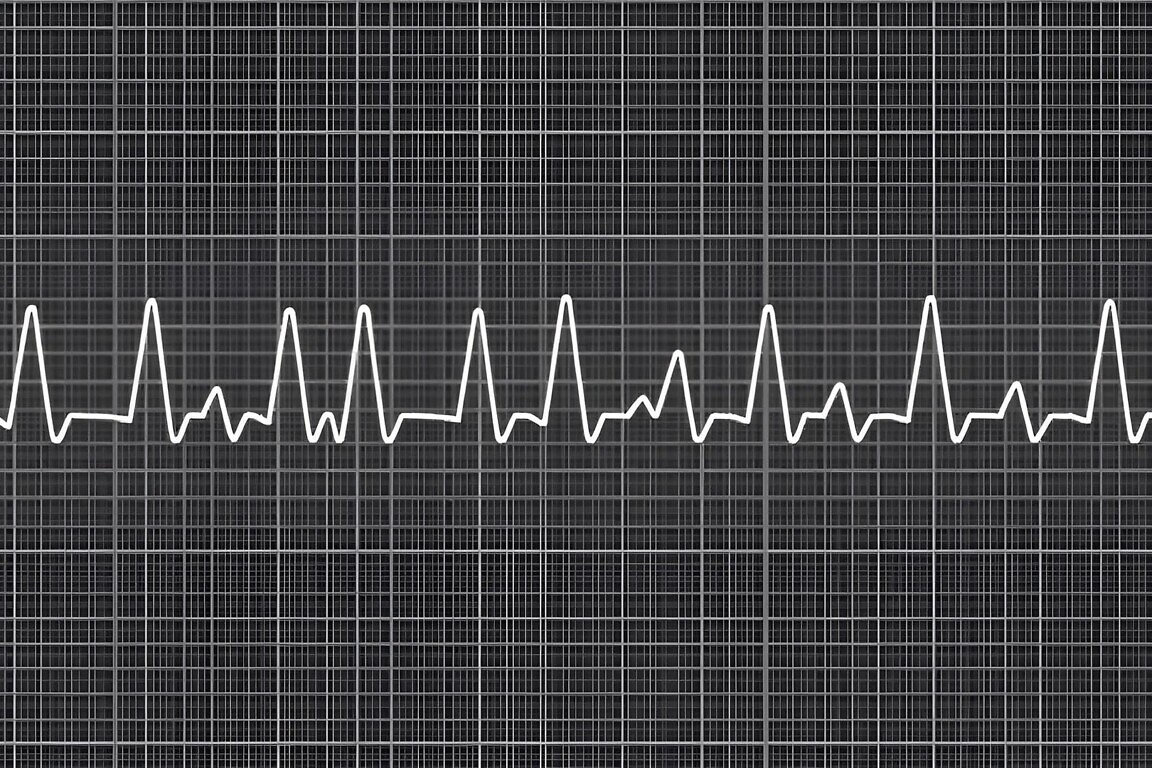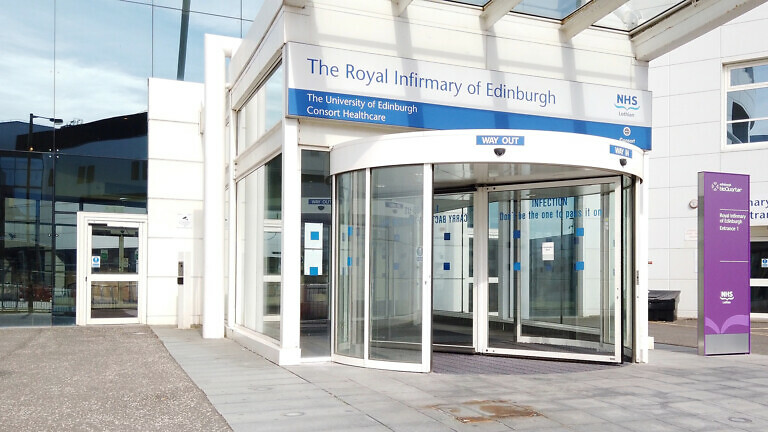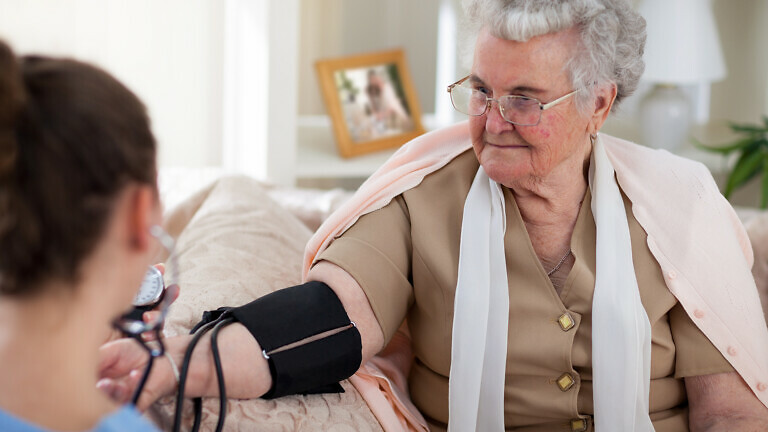A new report from HSSIB finds that patient safety is being undermined by a lack of consistency in the way paramedics are trained to carry out and interpret electrocardiograms.
There is a lack of consistency in the way paramedics are educated and trained to carry out and interpret electrocardiograms (ECG) of patients who could be critically ill that could cause harm.
A report by the Health Services Safety Investigations Body (HSSIB) looks at the use of 12-lead ECGs in ambulance services. A 12-lead ECG usually involves using 10 electrodes to record 12 different views of the heart’s electrical activity, so it is more comprehensive than other ECGs that use fewer electrodes for monitoring purposes.
The way 12-lead ECGs are undertaken and interpreted was identified as a growing area of concern, with systemic safety risks that can have a significant impact on the outcome for patients.
“Carrying out and interpreting an ECG is an important skill for paramedics. It is crucial to the time critical care of patients, but is a complex task with many factors that impact its accuracy,” said Deinniol Owens, deputy director of investigations.
“From our conversations with higher education institutions, paramedics and national organisations, there was no indication that the importance of ECG skills are underestimated. However our investigation emphasised that there is still a concerning level of variation in the quality of paramedic ECG education and training across England,” he added.
Wide variation
The investigation found variation in the way 12-lead ECG skills are taught across different higher education institutions, including variation in the time spent teaching and the level of detail, assessment methods and the subject matter expertise of lecturers involved in teaching about ECGs.
It also found there is confusion about the level of specialist knowledge paramedics may be expected to have about 12-lead ECGs. This has created challenges in understanding and implementing the required level of education, training, competence and professional expectations of paramedics in this area.
“Our report makes it clear that the paramedic role has evolved, and they are required to provide more urgent and unscheduled care, in even more pressured environments. As their role changes, so should the education and training system that supports them,” said Owens.
Broad knowledge
The report concluded that because paramedics are required to have a broad knowledge base to respond to many different emergency and non-emergency situations, any expectations for paramedics to have more specialist knowledge of 12-lead ECGs would need to be balanced with the need to support specialist knowledge in other areas.
Both paramedics and student paramedics were found often to lack confidence in their ability accurately to interpret more complex 12-lead ECG and patient presentations. This was driven by the lack of formal national requirements setting out if, how and to what standard 12-lead ECG competency should be assessed.
It also found that because the ECG refresher training does not always form part of paramedic annual training, practice-based learning about undertaking 12-lead ECGs for student paramedics could be limited by the range of clinical scenarios they encountered and the 12-lead ECG skills of their placement supervisors.
Improving paramedic education
The report’s safety recommendation to the Health and Care Professions Council and the College of Paramedics to improve the undergraduate teaching of 12-lead ECGs includes reviewing and updating any relevant standards, guidance and curricula to provide clarification on a number of areas.
This needs to be the level of education and expected level of competency and assessment required by student paramedics; the minimum standards expected for ECG education, including the time spent on learning, methods used, and subject matter expertise required of teaching staff; how patient-protected characteristics, health inequalities and other specific patient factors are taught; and how effective feedback mechanisms can be developed between education and ambulance services.
“Our recommendation and other learning in our report is aimed at improving paramedic education and training through consistency and clarity; paramedics should be able to feel confident when interpreting ECGs to ensure the best outcome for patients who may need life-saving treatment,” concluded Owens.



